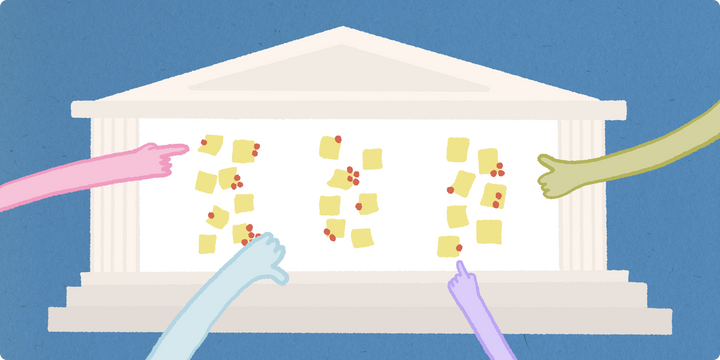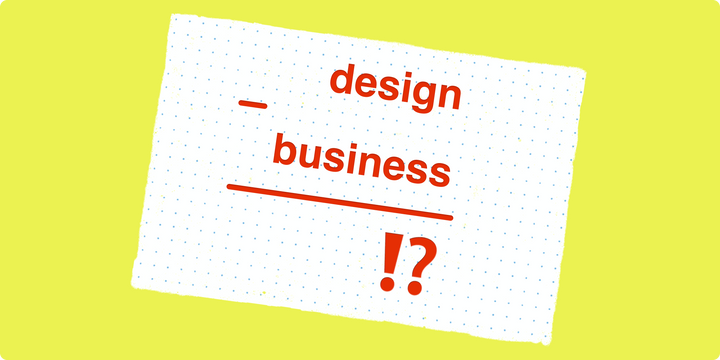The Future as Time or Place
On Design as a Bridge Between Imagination and Reality

I recently heard someone say that time is actually a means to make the potential actual. I love that. Time as the distance between imagination and reality. And I believe the vector to travel that distance is design.
When you imagine a scenario in your mind, some potential state, at that moment, it doesn't exist tangibly in the present reality. But with time, and typically some design effort, that potential becomes actual and converges from the future into the present moment.
I say design because it is creation. And we are all gifted with creativity. Whether it be for our individual desired futures, our goals and dreams for our lives, or the ideation of societal-level changes, in institutions, businesses and communities, it's all creation. The tools of design are used in every sector, on every level. Imagination, conception, research, prototyping, trial and error, iteration.
"I define design not as a solution-oriented, problem-solving discipline, but as a realm of possibilities that acknowledges that there are alternatives to these possibilities and alternatives to the alternatives."
Danah Abdulla, Against Performative Positivity
So design is really a way to play with the future, to imagine potential scenarios before choosing which ones to converge into reality. Design is the bridge between fiction and fact, the imagined and the real.
This resonates with Frank Chimero's idea of untruths, from his book The Shape of Design:
Untruths are what initiate change, because they describe an imagined, better world, and offer a way to attain it.
We work to change fiction into fact when we attempt to better our condition.
Every untruth forks reality and opens up a gap between what is imagined to exist and what actually does. Each fabrication creates a second version of the world where the untruth is true.
Every time we tell an untruth, we confess that the world is not yet done. We have a hunger for a better condition.
Of course not everything that is imagined makes it into reality. These confessions sometimes go unheard, this hunger isn't always satiated. So the future is this non-here-non-now place beyond, an abstracted parallel world where some ideas go to die. The future is in some ways a sort of graveyard for the world's ideas. It's humanity's scratchpad for imagining a better life and only some potential futures win the race to the present.
Now, the future can't exactly be a point in time because that would mean we'd inevitably meet it as we go forward with our present reality (assuming time advances in a straight line, that is). The future, instead, might just be humanity's second brain. Our collective imagination.
Unless it is a point in time, but spread out on an infinite array of parallel timelines for which design is the switch-mechanism, like train tracks, allowing us to pick one direction over another.
But even then, it couldn't quite be a point in time because that would mean the imagined futures of ancient civilizations might still be possible. They weren't placed on a timeline precisely 200 years from when they were imagined, they might still be waiting in a limbo beyond time and space, waiting to be realized. They're just around us, conserved in books, in the commons, in the culture.
Because you can't outgrow the future. Things remain in the future unless (or until) they're realized in the present reality. No future ever goes to waste. It's just potential. So if the future isn't a point in time, could it be a place? A parallel space? Or even an abstraction beyond known dimensions? A wonderful world made of ideas?



